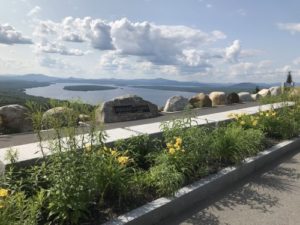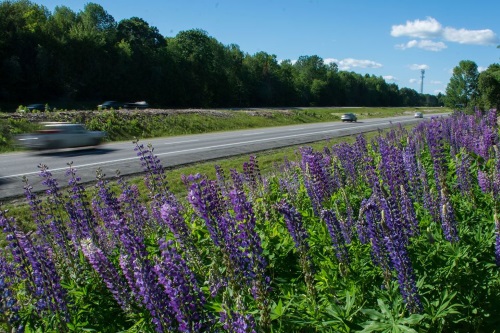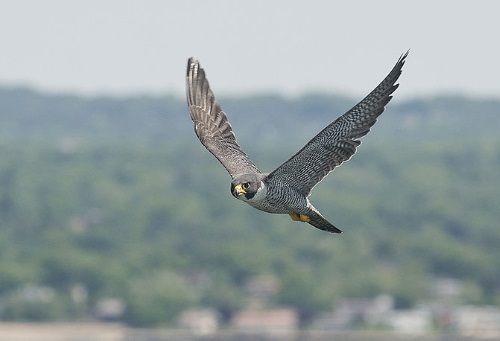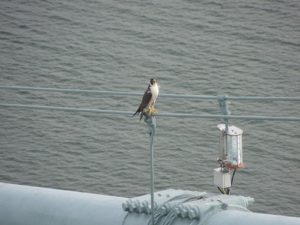The Maine Department of Transportation recently provided a behind-the-scenes look at its ongoing efforts to control brush along selected state roads via an “integrated” strategy that marries the use of herbicides with mowing and the hand-removal of young saplings growing too close to the pavement.
“Roadside trees are much easier to control when they are small,” the agency said in a statement. “Trees allowed to grow close to roads prevent proper water drainage and may obscure drivers’ views of large animals such as moose and deer. Controlling roadside vegetation is a key safety and road maintenance activity requiring yearly effort.”
In various locations, the Maine DOT noted it may also extend its vegetation control efforts to areas surrounding guardrails. “Reducing vegetation near guardrails increases safety because it protects our workers from tripping hazards and ticks,” the department pointed out. “Guardrails free of vegetation also function properly and are easier to maintain.”

Integrated roadside vegetation management or IRVM is a strategy with a long history within the state DOT community, dating back to the 1970s. Iowa, for example, was one of the first states to establish IRVM programs at the city, county, and state levels with a goal of providing an alternative to “conventional” procedures that relied on the extensive use of mowing and herbicides, which provided often too costly to implement on a regular basis and increased the potential for surface water contamination.
That’s why in Maine DOT’s case, all herbicide treatments for brush, weeds, or invasive plants are selected to minimize impact to surrounding vegetation – deployed at the lowest application rates to protect workers and the environment.
[Selecting the correct herbicide is critical; a lesson the Oregon Department of Transportation learned the hard way as it just wrapped up a five-year effort to remove 2,300 Ponderosa pine trees poisoned by the use of herbicide aminocyclopyrachlor – also known as Perspective – sprayed along a 12-mile stretch of U.S. 20 to kill vegetation that posed a fire hazard.]
Starting in 2004, the department also began an “every-other-year” herbicide application program to help further reduce use of such chemicals, while encouraging municipalities and private citizens living adjacent to state roads to enter into a Cooperative Vegetation Management agreement if they are concerned about herbicide use.
Such agreements outline the municipal or landowner responsibilities for maintaining roadside vegetation; because when roadsides are properly maintained under such pacts, there is no need to use herbicides, the Maine DOT said.



